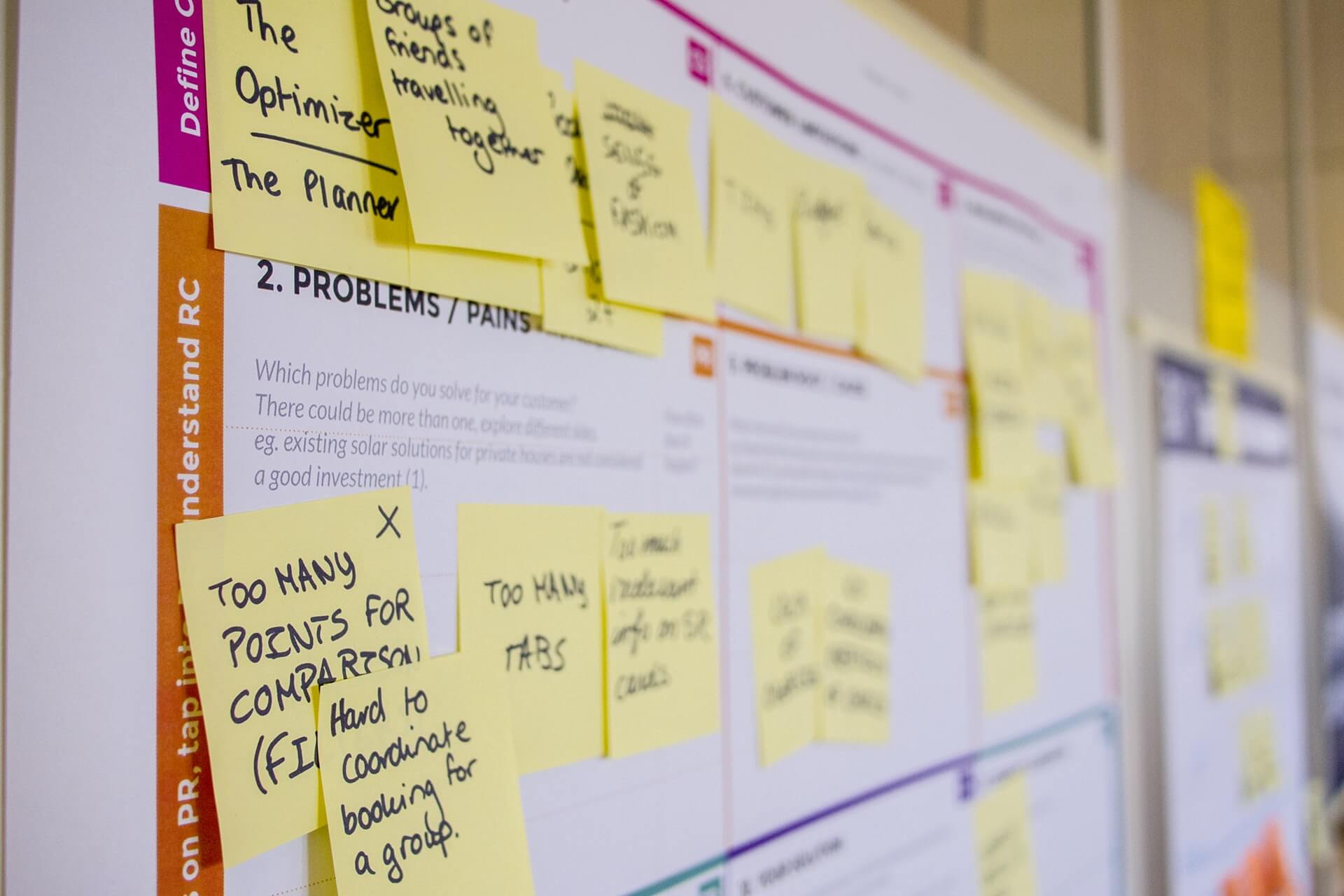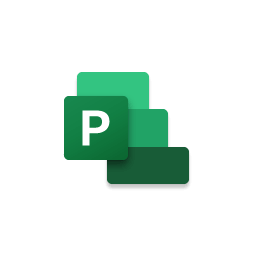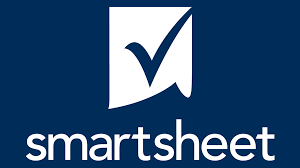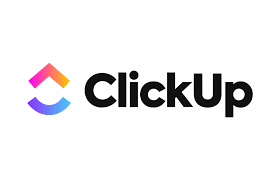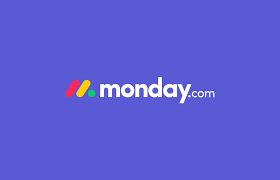Microsoft was once a disruptive business, but these days they are the establishment. It has had a formative effect on project management for decades, so how can a newbie like ClickUp compete with MS Project? You may be surprised. The ClickUp vs Microsoft Project review will surely help you pick the right software for your business.
Quick Comparison: ClickUp vs Microsoft Project
Budget Management
3/5
3.5/5
Collaboration
4/5
2/5
Portfolio Management
3/5
3/5
Resource Management
3/5
3.5/5
Milestone Tracking
3/5
3/5
Customer Support
4/5
2/5
Pricing
4/5
2.5/5
Pros
- Lower cost
- Better support options
- Allows projections, baselines, and more
- Review all your projects at once
Cons
- Limited in some ways
- Pricey
Overall Rating
3/5
2.5/5
ClickUp vs Microsoft Project
ClickUp is a cloud-based solution for project management software, one of a crop of similar options from a relatively small business. MS Project is a platform from a company that has been a powerhouse for decades.
In some ways, those differences don’t matter much. Project managers require some resources to keep things organized, regardless of their approach. As a result, both software options share many key features.
However, there are significant differences. They play out in many ways, from bringing in integration to how team members will work together. Keep in mind that Microsoft Project is actually several different products. They include cloud-based solutions, as well as on-site solutions. They don’t all have the same options or functionality.
Budget Management
One of the primary concerns of a project manager is managing the budget, finding ways to complete projects while also staying profitable. Tools to help manage logistics, employees’ time, and other concerns are critical. Comparing ClickUp vs Microsoft Project reveals two different ways of handling those issues.
ClickUp has some features for time management. We’ll discuss that in more detail when we get to resource management. Otherwise, ClickUp relies on its flexibility. Managing the budget is another task that can be assigned, have a due date set, and so forth.
Microsoft Project offers more tools designed for budget management. In fact, one tool allows you to analyze costs and make projections, as long as it’s set up correctly. There is also a whole set of tools for managing timesheets, sick leave, and more, as well as setting up a custom fiscal year.
Collaboration
Project management software has developed a key role in team collaboration. Employees on remote teams may never actually meet, so the only way to exchange ideas is cloud-based collaboration.
To aid in that process, ClickUp offers many tools. Users can assign comments on tasks and elsewhere, as well as chat in real-time with other team members, all in the app. You can also customize access so users focus on certain areas. Attaching files to tasks is straightforward and you can even proof them in ClickUp. You can also assign comments to employees to address specific issues.
Microsoft Project allows you to add comments and notes to tasks, but it doesn’t have much else to offer beyond the basics. Project is part of Microsoft Office, with other programs handling communication and collaboration. It does offer some nice streamlining features, like being able to virtually sign documents.
You can see how ClickUp compares to an app that’s similar in our ClickUp vs Monday.com review, or check out how Project measures up in our Microsoft Project vs Monday review.
Portfolio Management
A company project portfolio is all the projects they have underway or are considering starting. Project portfolio management is like project triage, deciding where you can most profitably put your time and interest.
ClickUp stays true to form by offering one tool that can be customized. The Portfolio Widget allows you to define some categories across all your projects, allowing you to produce reports, estimate due dates, track time actually spent, etc. It’s one of a few new features available in recent updates.
Microsoft Project can support a much more detailed approach to portfolio management. It offers a range of tools that allow you to analyze your portfolio according to your business goals.
Other tools include using task assignments to determine resource demands or compare multiple portfolio analyses. It might be the better choice for larger companies or those with bigger budgets.
ClickUp is fairly representative of how a lot of apps handle portfolio management. Read our ClickUp vs TeamGantt review to see another example.
Resource Management
This is another area where we’ll see two fairly different ways of approaching the issue.
ClickUp is focused almost entirely on tasks and the users working on them. As a result, the resources being managed mostly relate to workload. It’s possible to see all your team members’ projects and how they’re spending their time. You can access all that in the workload view.
As you might expect, Microsoft Project has a more comprehensive solution. It uses the portfolio analysis tools and the Resource center to gauge demands on your business and how projects can affect demand. Resource engagements are defined, which can then be associated with tasks. Workload and time tracking can be handled elsewhere or folded into the resource management software.
Milestone Tracking
Being able to track progress is essential when you organize a project. Project management software therefore often includes tools for comparing the actual completion date of a task to its due date.
It’s a more complicated process than it might at first seem. Both apps include methods for managing milestone tracking. Gantt charts, a classic method of tracking tasks, progress, and dependencies, are available with both options.
Microsoft Project uses a system of baselines to compare projected progress to actual performance. The number of variables and processes that have to be set up properly is a sign of the complexity of the system. Additionally, exporting the information to create effective presentations probably requires another MS product, like Excel or PowerPoint.
ClickUp has a similar but less complex system using milestones. They are used to mark significant tasks, for example, the shift from planning to development project phases. Milestones is a ClickApp, an additional feature that can be toggled on or off. Free users have limited uses, while any paid plan has unlimited uses.
As Milestones is less complicated, it’s also less powerful and doesn’t offer the task analysis options Microsoft Project does.
Customer Support
ClickUp user reviews mention that there is a learning curve with ClickUp, though it didn’t seem to be a hindrance to many people. It’s adaptable, which means a certain amount of complexity is inevitable, but it didn’t stop users from utilizing the service. Microsoft Project, by comparison, is a high-powered piece of software that may require expertise to use well.
In either case, the ability to contact customer service, particularly a live rep, is important. ClickUp has a variety of ways to find help, though on-demand support is only available for the highest pay tiers.
Otherwise, there is a library of online webinars, documentation, videos, and more. You can also make an appointment with a coach for video chat training on a specific project management tool. If the software is really giving you trouble, you can also contact a paid consultant.
Microsoft Project is supported by docs and videos as well. It also offers the same sort of support any MS product would get. Some options are limited to admins, so employees in your company may not be able to access some help. It’s a complicated piece of project management software, a fact that can impact project progress.
Pricing
Both apps appear to have similar pricing models at first glance. There are several tiers of service with different levels of functionality. Like ClickUp, Microsoft Project can charge based on how many users are in your company.
ClickUp has a free tier that allows unlimited members, but limits projects. On the whole, however, it still offers a complete project management tool, tracking task progress, and more.
Microsoft Project has only pay tiers, generally for more money than ClickUp. Integration is only with other MS products, no other vendors, for an additional subscription. The tier system is only available for cloud-based options. There are also on-site options with a different pricing structure and somewhat different features.
Small businesses might benefit more from the simpler and less expensive plans from ClickUp, though Microsoft Project offers tools to grow.
Overall Winner
In either case, you’re getting some of the best project management tools available. However, ClickUp comes out ahead in a few areas that are key to project management software.
Many of the tools on offer are similar. Both use tasks to keep project managers organized, with lots of features to modify a task. Microsoft may appeal in some ways. Its project portfolio management tools allow for projecting into the future. The option to have it fully installed on-site means you don’t have to worry about your internet dropping.
However, ClickUp offers more flexibility and more features for a lower cost, no matter how many employees you have. The ability to integrate with other software vendors is also a plus.
Everyone has experience with Microsoft products and their difficulty in use, while ClickUp has lots of support options. A free tier doesn’t hurt either.
Frequently Asked Questions (FAQs) for ClickUp Vs Microsoft Project
Final Thoughts on ClickUp Vs Microsoft Project
Microsoft Project has some appealing features, particularly if you need powerful tools for analysis. However, ClickUp may appeal to nimbler companies with smaller teams. With a lower cost and greater flexibility, your project management software will take up less of your project management budget.
 Sections of this topic
Sections of this topic
